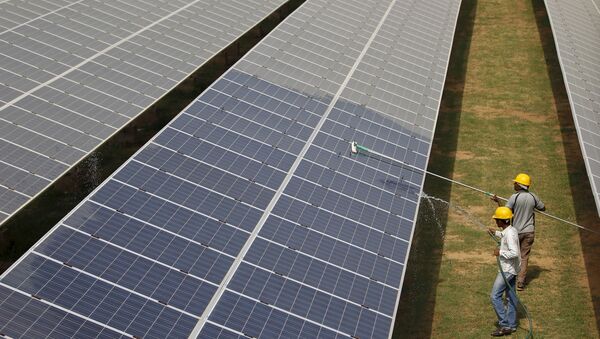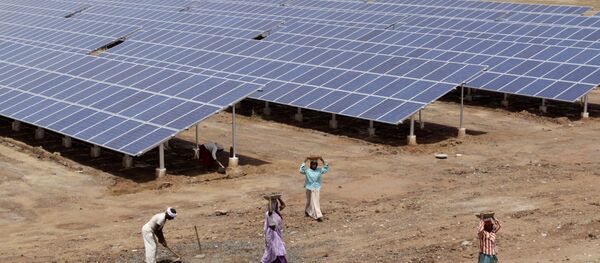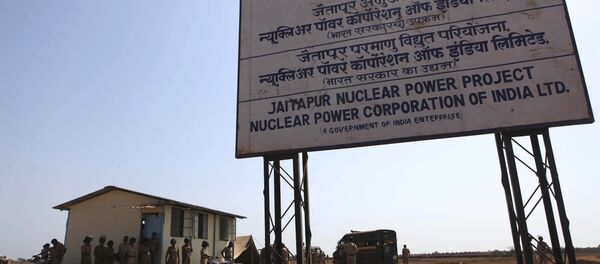“We are dependent on imports and China is our biggest supplier of solar cells and modules; and in some cases, the prices are much lower than what is being offered by domestic manufacturers,” said Nirmala Sitharaman, Minister for Commerce and Industry.
Between April-December 2016, India imported solar cells worth $1615 million from China, compared to $603 million in the whole of 2014-15. Apart from photovoltaic cells, the Indian government ordered $42 million worth other photocells.
India’s growing appetite for solar power has proved to be a savior for Chinese firms, such as Trina Solar and Hanwha Q Cells, as the global spot price for solar panels fell to record levels across the world due to low demand.
“In the next 15 months, the installed solar power capacity would cross 20,000 MW. India could not have completely focused on Make in India in the last 3 years as being in the nascent stage; its solar power sector needed technological and financial boost from abroad to rapidly expand horizons. Now, the sector has reached certain maturity level that will lead the country into becoming self-reliant in meeting its Green Energy needs,” Power Minister Piyush Goyal said.
India is a big marketplace for manufacturing in solar power sector and international investors and manufacturers have started setting up manufacturing units in the country, Goyal noted.
Despite several measures to boost domestic manufacture of solar cells, like capital subsidy, tax holiday for 10 years, generation —based incentive, viability gap funding, concessional excise and custom duties, and FDI up to 100 per cent under the automatic route, substantial improvement is yet to come by in solar manufacturing. The Indian government aims to generate 100 gigawatts from large solar installations to meet its renewable energy capacity target of 175 GW by 2022.




